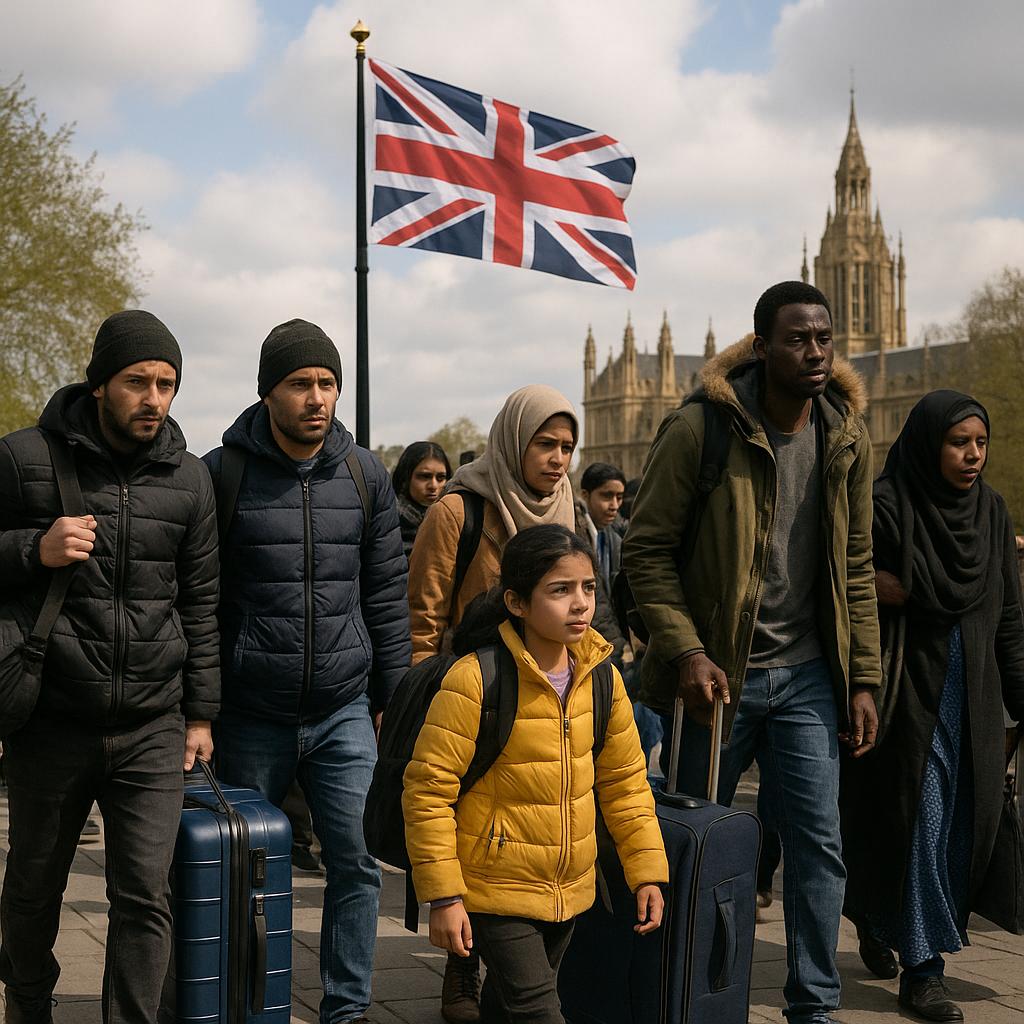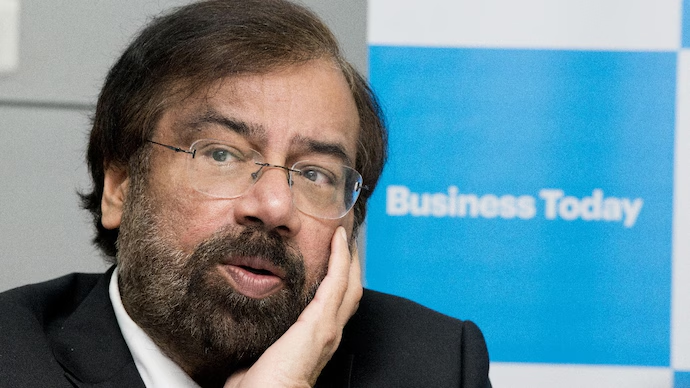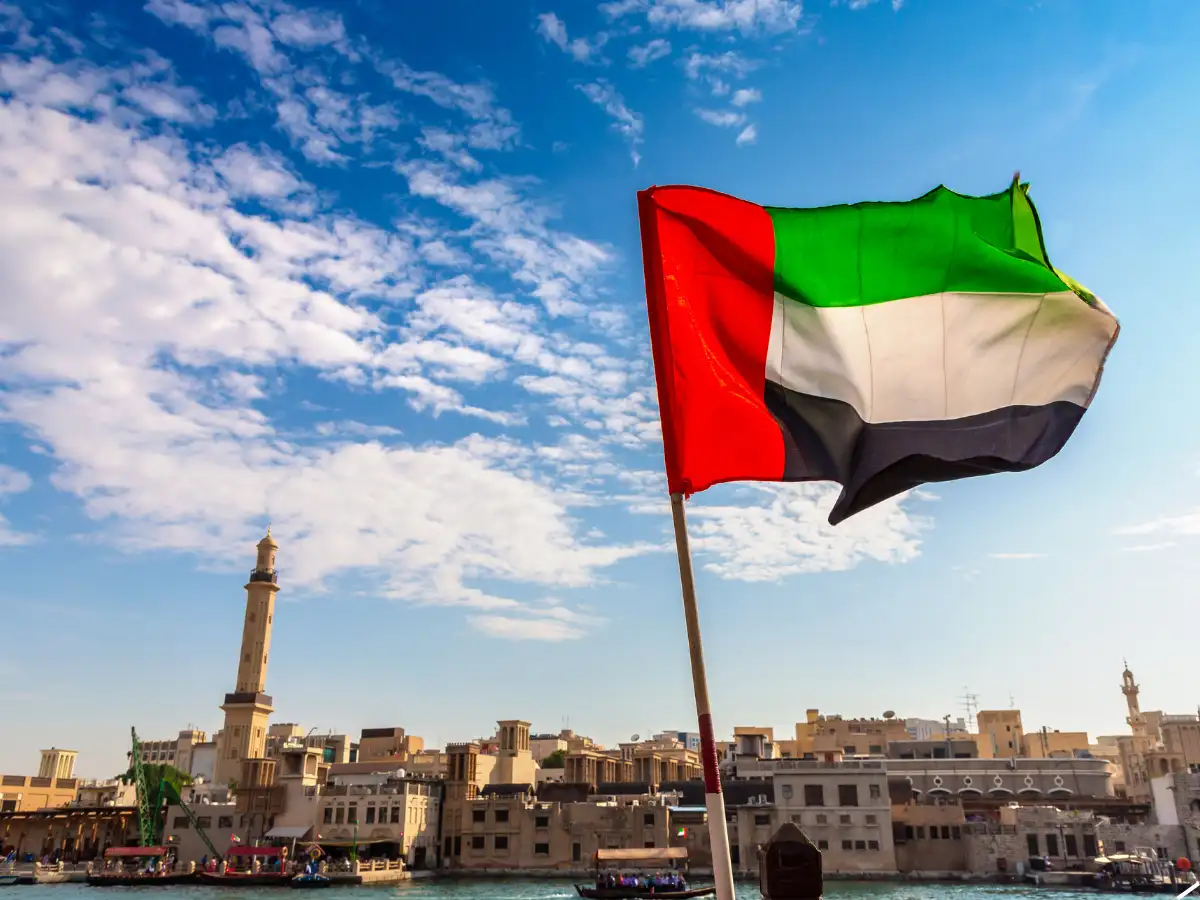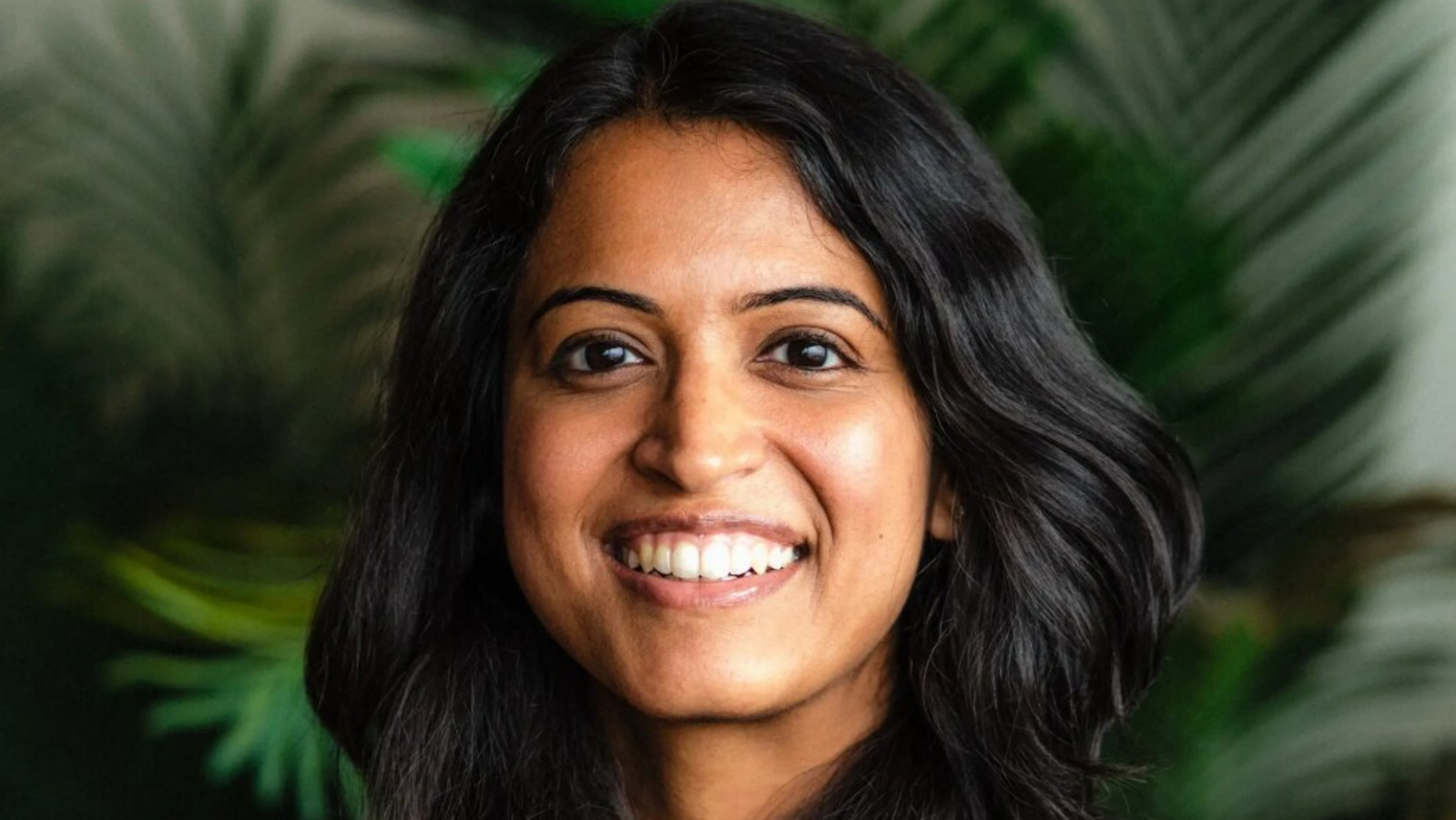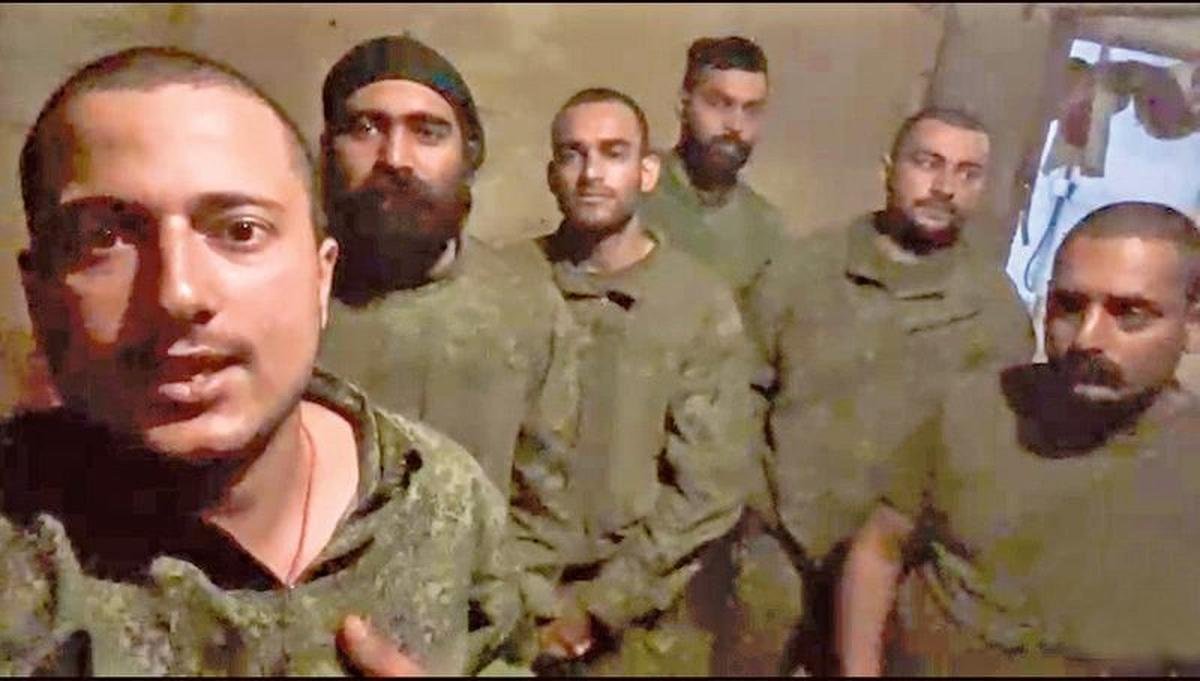-
Three hundred Ramayanas are known to exist around the world. Among them is a version revered by a Muslim Filipino ethnic group called the Maranaos
-
The Filipino version of the Ramayana celebrates “Maharadia Lawana”, the equivalent of Ravana
Since centuries stories and legends from the Ramayana have resonated strong and deep, far beyond the land of its origin. It echoes with the same kind of impact in many countries across South-East Asia, particularly in Burma, Indonesia, Cambodia, Laos, the Philippines, Sri Lanka, Nepal, Thailand, Singapore, Malaysia, Japan, Mongolia, Vietnam and China.
Its widespread acceptance and popularityofthis classic epic poem have not been without regional changes and adaptations to appropriately fit cultural moulds of different countries. These have often led to varied and interesting thematic interpretations.
The original Valmiki version has been adapted or translated into various regional languages. Three hundred Ramayanas are known to exist around the world. Among them is a version revered by a Muslim Filipino ethnic group called the Maranaos.
This Filipino version celebrates Maharadia Lawana, the equivalent of Ravana focuses on Ravana, as the central character and hero of the epic.
This adaptation was done to align with the new cultural identity of the Maranaos, according to Rhodora G Magan, associate professor of Literature and Communication at Cebu Technological University, Philippines.
in a recently published research paper titled Perception and Visibility of the State: The Ramayan of the Maranao: Rethinking Aquapelagos in the Philippines’ Sulu Sea (Shima Journal, March 2025), Prof. Magan explains how the Maranaos indigenised the narrative to suit their own economic and cultural identity.
This Filipino version celebrates Maharadia Lawana, the equivalent of Ravana focuses on Ravana, as the central character and hero of the epic.
Forced to migrate to the Sulu Aquapelago, a string of islands in southwestern Philippines about two hundred years ago, the
Maranaos had create for themselves a new identity. At this point, the Valmiki Ramayana already popular among the existing Muslim ethnic groups living on the island came in handy as a starting point in their process of migration and resettlement.
Who are the Maranaos?
The Marano people are one of the major Muslim groups in the Philippines, alongside the Maguindanao, the Tausug, and the Yakan. They migrated from the upland to the lowland area due to land competition and a volcanic eruption.
During this migration these people had to undergo a major transition from farmers to fishermen . Several European authors of the time described the Maranaos as ‘marauders’, always engaged in disrupting the peace in Southeast Asia.
But according to Prof Magan, the Maranaos were Eastern sea lords, fierce warriors who influenced the economic dynamics of the area. As traders the payed an important role of middlemen between two economic giants — Britain and China.
They were labelled as pirates, but this was merely part of their survival strategy. which was why they adopted the Maharadia Lawana, the regional variant of the Ramayana, as their own.
According to the Prof, the Maranaos deconstructed the Valmiki Ramayana upon their arrival in the aquapelago between the 17th and 19th centuries. The adaptation of Indic texts, contributed to the region’s culturally hybrid character.
As many as 300 versions of the Indian Hindu epic poem, the Ramayana, are known to exist. The oldest version is the Sanskrit version attributed to the Padma Purana – Acharya Shri Raviṣeṇ Padmapurāṇa Ravisena Acharya.
Later through the Mula Ramayana. Sage Narada passed on the knowledge to Valmiki, who authored Valmiki Ramayana, the present oldest available version of Ramayana.
DISCLAIMER: The views and opinions expressed in this article are solely those of the author and do not necessarily reflect the official policy or position of Pravasi Samwad. Pravasi Samwad is not responsible for the accuracy, completeness, or reliability of any information presented.


